Related Research Articles
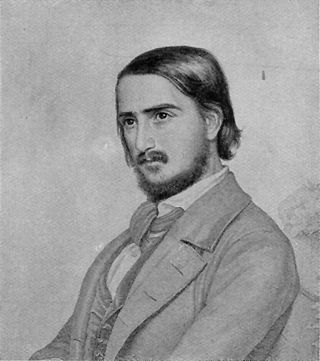
Georg Friedrich Rudolph Theodor Herwegh was a German poet, who is considered part of the Young Germany movement.
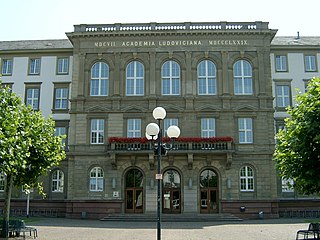
Giessen, spelled Gießen in German, is a town in the German state (Bundesland) of Hesse, capital of both the district of Giessen and the administrative region of Giessen. The population is approximately 90,000, with roughly 37,000 university students.
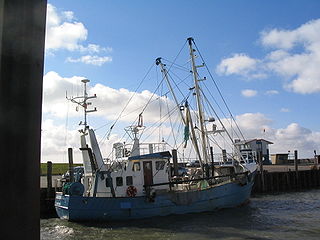
is a peninsula and former island in North Frisia on the North Sea coast of Germany. It is part of the Nordfriesland district in the federal state of Schleswig-Holstein. Its area is 50 km² and its population is 2,300. Nordstrand has two municipalities, Nordstrand and smaller Elisabeth-Sophien-Koog, which are part of the Amt Nordsee-Treene.

J. F. Oberlin was an Alsatian pastor and a philanthropist. He has been known as John Frederic(k) Oberlin in English, Jean-Frédéric Oberlin in French, and Johann Friedrich Oberlin in German.
Johann Georg Veit Engelhardt, a German Protestant theologian.
Heinrich August Wilhelm Meyer was a German Protestant divine. He wrote commentaries on the New Testament and published an edition of that book.
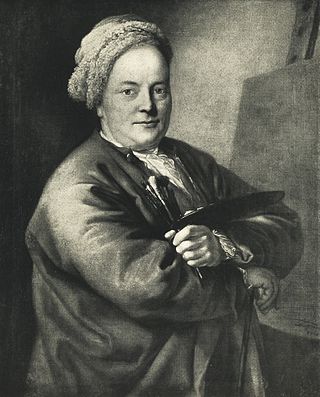
Christian Wilhelm Ernst Dietrich was a German painter and art administrator. In his own works, he was adept at imitating many earlier artists, but never developed a style of his own.

Johann Friedrich Dieffenbach was a German surgeon. He was born in Königsberg and died in Berlin.

Hermann Georg Jacobi was an eminent German Indologist.

Georg Friedrich Knapp was a German economist who in 1905 published The State Theory of Money, which founded the chartalist school of monetary economics, which argues that money's value derives from its issuance by an institutional form of government rather than spontaneously through relations of exchange.
The Inner Mission was and is a movement of German evangelists, set up by Johann Hinrich Wichern in Wittenberg in 1848 based on a model of Theodor Fliedner. It quickly spread from Germany to other countries.
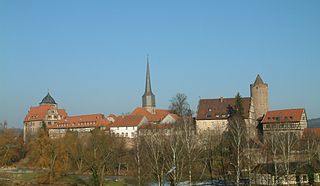
Schlitz is a small town in the Vogelsbergkreis in eastern Hesse, Germany.

Georg von Kopp was a German Cardinal of the Roman Catholic Church' who served as Bishop of Fulda (1881–1887) and Prince-Bishop of Breslau (1887–1914). He was known for his anti-Polish views and pursued the Germanization of Polish Catholics in his dioceses.

Johann Georg Bodmer was a prolific Swiss inventor, making contributions to areas ranging from weaponry to steam engines, textile manufacture, and railroad construction.

Lichtenstein. Romantische Sage aus der wuerttembergischen Geschichte is a historical novel by Wilhelm Hauff, first published in 1826, the year before his early death. Set in and around Württemberg, it is considered his greatest literary success next to his fairy-tales, and, together with the work of the almost forgotten Benedikte Naubert, represents the beginning of historical novel-writing in Germany.
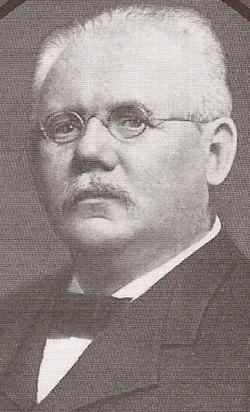
Georg Karl August Uihlein was a German-American brewer, business executive, and horse breeder.

Georg Franz Burkhard Kloss was a German historian of freemasonry.

Karl Georg von Raumer was a German geologist and educator.
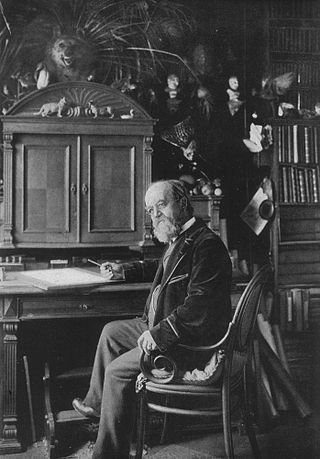
Fedor Alexis Flinzer was an author, educator and one of the greatest German illustrators of the Gründerzeit, who was called Raphael of Cats.
Dieffenbach is a German surname. Notable people with the surname include:
References
- This article incorporates text from a publication now in the public domain : Rines, George Edwin, ed. (1920). . Encyclopedia Americana .